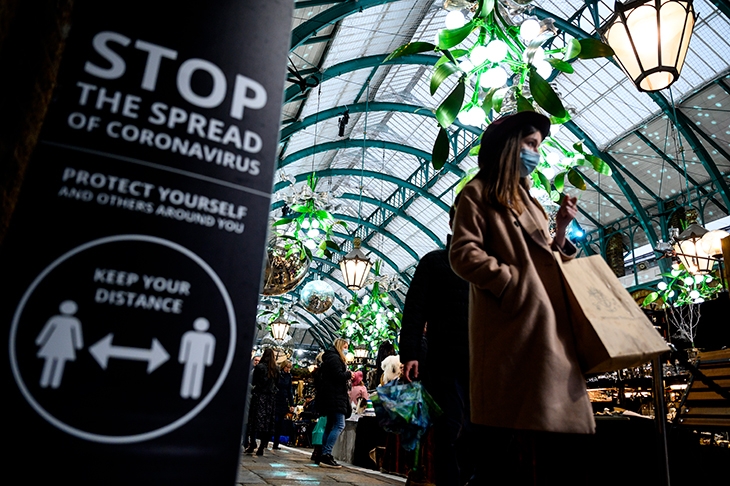‘Alas’ is a word used many times by Boris Johnson during the pandemic. It is how he prefaces announcements that the data is getting worse and so the government has to impose further restrictions. In recent weeks, though, the numbers have been going in the right direction. The first stage of the vaccination programme was completed two days ahead of schedule. For the first time in this crisis, government targets are being moved forward, not back. Early results seem to show that the jabs are more effective than expected: a Public Health Scotland study suggests that the Oxford-Astra-Zeneca vaccine, the workhorse of the UK immunisation programme, cuts the risk of hospitalisation by 94 per cent. At the same time, take-up has been higher than predicted.
Yet despite this, the government’s timetable for ending lockdown is very cautious. Rather than life being back to normal by Easter or the May Day bank holiday, we will have to wait until 17 May to drink inside a pub or eat indoors at a restaurant. The target date for the end of all restrictions on numbers is 21 June, the very last day of spring.
Tory MPs are, in general, rather disappointed by the pace of lockdown easing. They would have preferred a quicker timetable. But there is also relief that Johnson has explicitly ruled out going for a zero-Covid strategy and that there is an end date for all restrictions. A big fear on the Tory benches was that unless a date was set, restrictions could drag on for years in the way that rationing did after the second world war.

One senior Conservative backbencher from the more libertarian wing of the party observes that the plan ‘could have been worse’ and that there are ‘elements of a move in the right direction’.








Comments
Join the debate for just £1 a month
Be part of the conversation with other Spectator readers by getting your first three months for £3.
UNLOCK ACCESS Just £1 a monthAlready a subscriber? Log in